Why choose WP ERP?
WP ERP combines three essential business management systems into one WordPress plugin. Key benefits include:
- Simplicity: Install and start using HR, CRM and Accounting modules from the WordPress admin panel.
- Modular: Activate only the modules you need — HR, CRM or Accounting — and extend functionality via premium extensions.
- Self-hosted data: Your business data stays in your WordPress database; no external SaaS lock-in.
- Extensible: Integrations available (e.g., WooCommerce sync, Recruitment, Attendance, Document Manager).
Core modules: HR, CRM and Accounting
HR Module (Human Resources)
The HR module handles employee records, departments, leave management and basic attendance tracking. Use it to formalize internal HR processes.
- Employee profiles & documents
- Departments, designations and company structure
- Leave types, leave requests and approvals
Example: A 25-employee company can replace spreadsheets with HR profiles, leave calendars and monthly headcount reports inside WordPress.
CRM Module (Customer Relationship Management)
The CRM module centralizes contacts, tracks deals, logs interactions and schedules follow-ups — helping teams convert leads into customers.
- Contact & company records
- Activity logs (calls, meetings, notes)
- Lead pipeline and custom stages
Example: A web agency records client communications in CRM and links invoices to client records for full visibility.
Accounting Module
Accounting offers invoicing, expense tracking, bank accounts, ledgers and basic financial reports suitable for non-accountants.
- Create and send invoices & estimates
- Record expenses and payments
- Balance sheet, profit & loss, trial balance
Example: A freelancer issues invoices in local currency, tracks client payments and exports monthly P&L for tax filing.
Common use-cases & examples
WP ERP works well for organizations that want to keep their website and management tools close. Common scenarios:
- Small businesses — Single system to manage clients, employees and finances.
- SaaS startups — Lightweight accounting + CRM integration with WordPress front-end.
- Agencies — Link project clients in CRM to invoices and employee allocations in HR.
Short examples
- Local café (Example): Use Accounting to track daily sales and expenses; HR to manage staff schedules and leave.
- Design agency (Example): CRM tracks leads from the website, and Accounting issues invoices linked to client records.
- Nonprofit (Example): HR stores volunteer records while Accounting tracks donations and expenses.
Quick start: Install & setup
- Go to WordPress → Plugins → Add New → Search: WP ERP → Install & Activate.
- Open ERP → Settings and configure company info, currency and fiscal year.
- Enable modules you need (HR, CRM, Accounting) and run the guided setup for each.
- Optionally install premium extensions for recruitment, attendance, WooCommerce sync, etc.
Tip: Before you start using Accounting, add opening balances for key accounts so reports are accurate.
Best practices
- Back up your site before major ERP configuration changes.
- Define roles & permissions — limit access to financial screens to authorized users.
- Start small: Enable one module first, train users, then expand.
- Use extensions only when they add clear operational value (recruitment, WooCommerce integration, attendance).
FAQ
- Is WP ERP free?
- Yes — the core plugin is free. Paid extensions add specialized features.
- Can I use only one module?
- Yes — modules are independent. Activate HR, CRM or Accounting separately.
- Does WP ERP support multiple currencies?
- Yes — accounting supports multi-currency when configured with proper accounts.
- Is my data stored locally?
- Yes — data is stored in your WordPress database unless you enable third-party integrations that sync outwards.
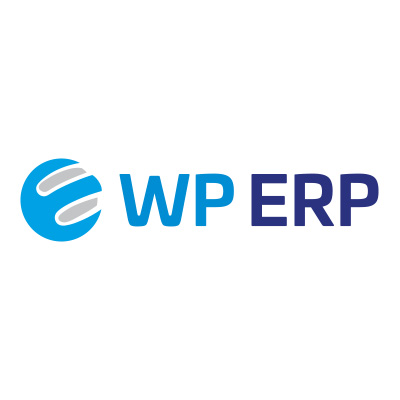

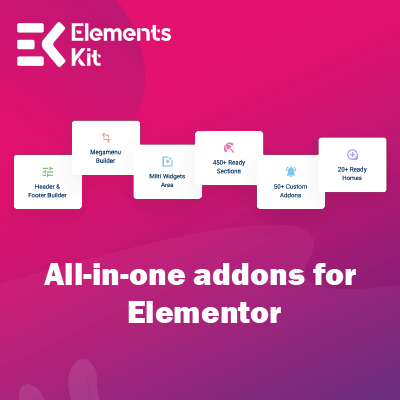
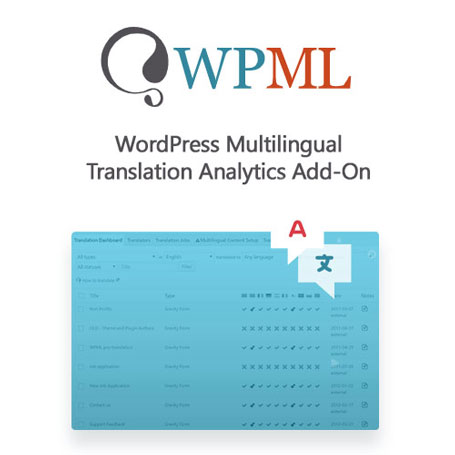
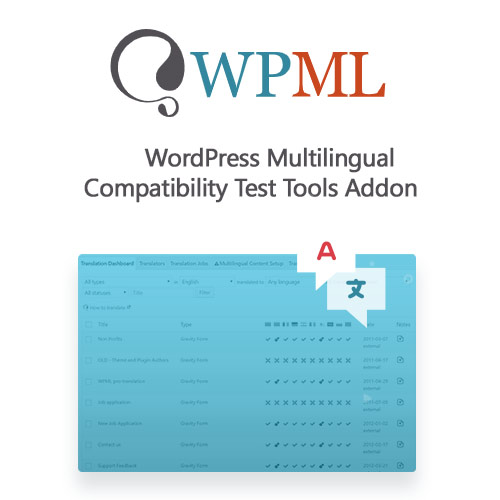
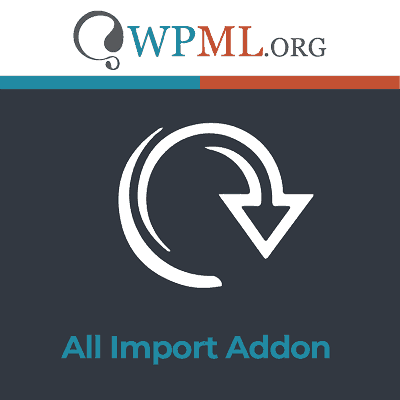
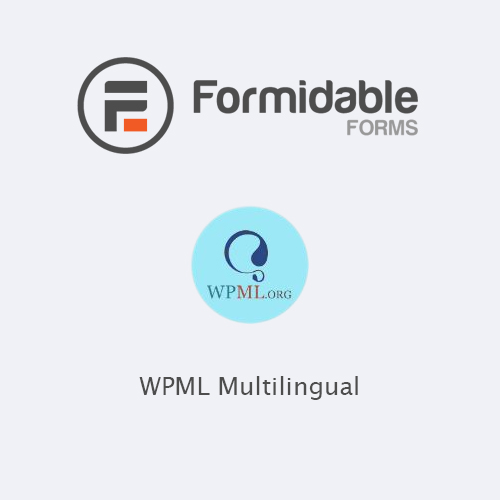

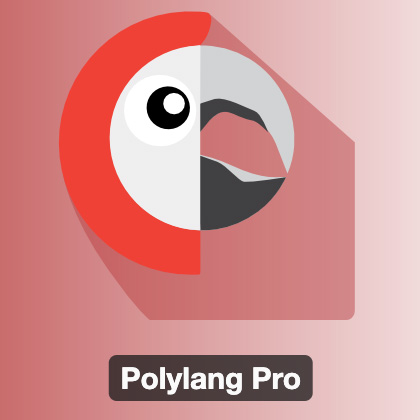

Reviews
There are no reviews yet.